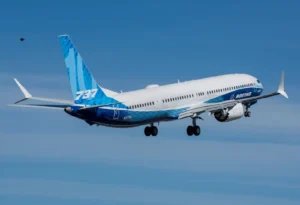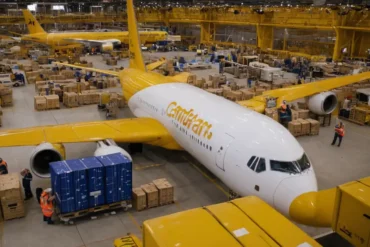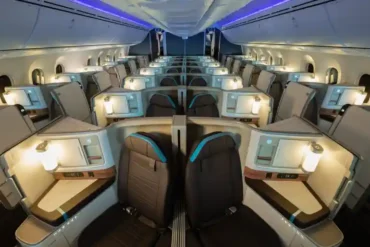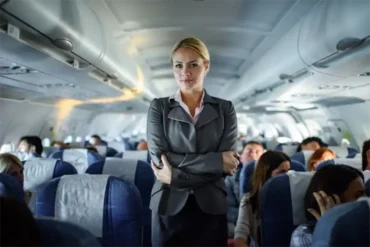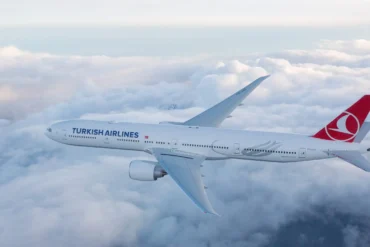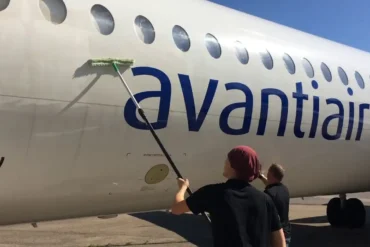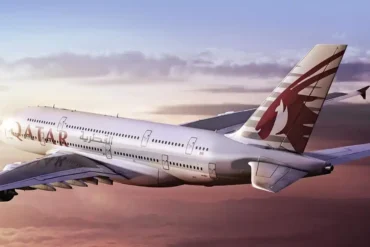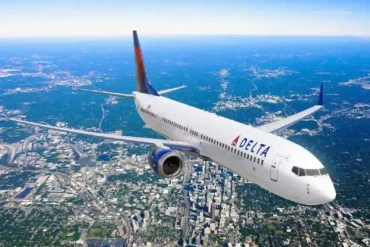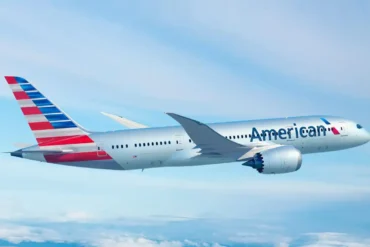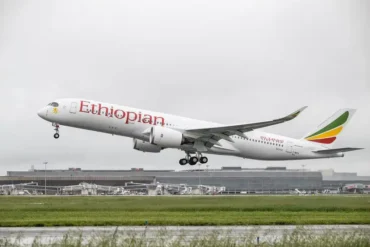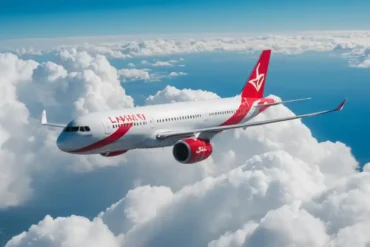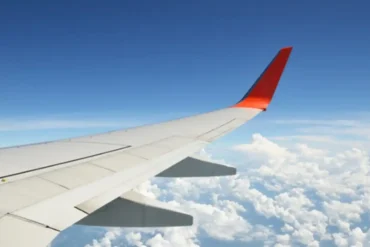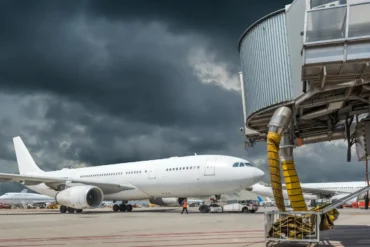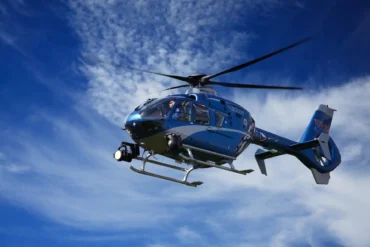When you’re looking to book a flight, there are those go-to nonstop routes you always expect to see, like New York to Los Angeles or Chicago to Miami. But sometimes, especially when you’re dealing with smaller domestic or international airports, your journey from A to B might involve a layover or two. So, ever wondered what factors airlines consider when planning their routes?
Well, it’s actually quite a bit. Route options aren’t set in stone; they change throughout the year to match travel trends. For instance, during the summer, you’ll notice many airlines beefing up their European routes, either by adding new cities or more flights to existing ones. Behind the scenes, there’s a team crunching numbers to figure out which routes not only have demand but also make financial sense.
According to a Delta spokesperson, five main factors play into the decision-making process for new routes: demand, competitive positioning, operational feasibility, strategic value, and financial performance. And guess what? They’re all connected, with different thresholds for each route.
Let’s start with demand — it’s pretty straightforward. How many folks actually want to fly this route? You probably won’t see nonstop flights between Lehigh Valley International Airport in Pennsylvania and Roswell Air Center in New Mexico because not many people are itching to make that trip regularly. If you do need to get there, though, airlines can still sort you out; you’ll just likely have to endure a layover.
Most U.S. airlines follow what’s called the hub-and-spoke model. Think of it like spokes on a wheel: you fly from a smaller regional airport to a hub airport, then from there to another regional airport. Smaller airlines might skip the hub and fly directly between smaller airports, especially to popular vacation spots like Florida, but even those flights depend on demand.
Now, onto competitive positioning — this is about where airlines stand compared to their competitors on specific routes. If one airline flies a route regularly, can another airline jump in and grab a share of the market? It’s a bit like a chess game for airlines’ route-planning teams to figure out if they can compete effectively.
Operational feasibility considers the nitty-gritty logistics of running a route, like having enough planes and crew. Some airports are super busy and have restrictions on how many takeoffs and landings are allowed each day. Plus, flying internationally adds another layer of complexity with various regulations to navigate.
Strategic value looks at how a route fits into an airline’s overall network, both now and in the future. Even if a route’s demand isn’t sky-high at the moment, an airline might still fly it with hopes of it growing over time. Plus, sometimes local governments sweeten the deal by pushing for routes to boost tourism, offering perks like big marketing campaigns.
Lastly, financial performance is exactly what it sounds like. Analysts need to figure out if a route will make a decent profit, factoring in things like ticket prices, how full the planes are, and how much it costs to operate the flights.
Seems like a lot, right? That’s because it is! Route planning is an ongoing process for airlines. Between 2015 and 2019, Delta introduced around 50 new routes each year while suspending about 38. “Delta’s always looking one to five years ahead, keeping an eye on market trends,” explains the spokesperson. “But we’re also ready to adjust our plans to make sure we’re giving our customers what they want.”
So, next time you’re scrolling through flight options, take a moment to appreciate all the behind-the-scenes work that went into planning the route you’re eyeing.
